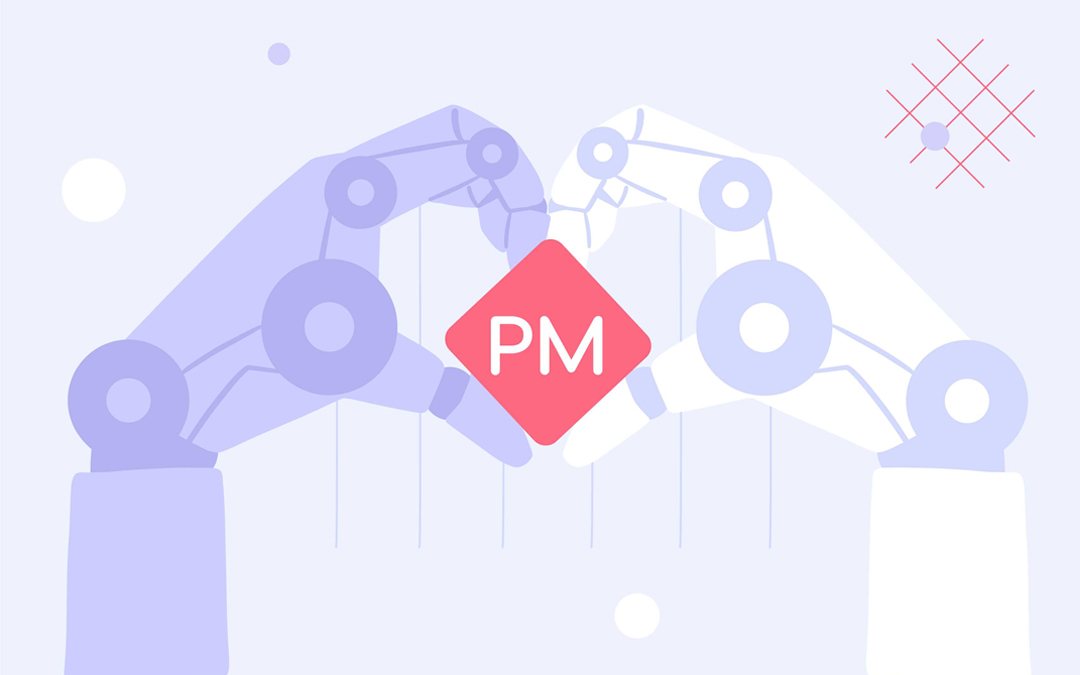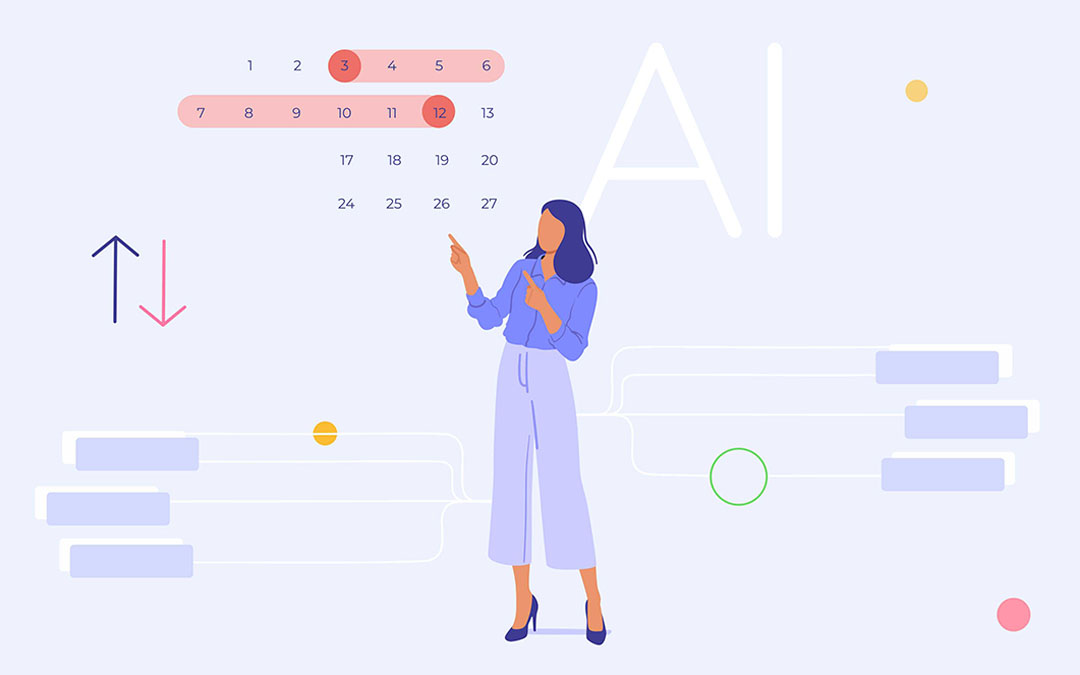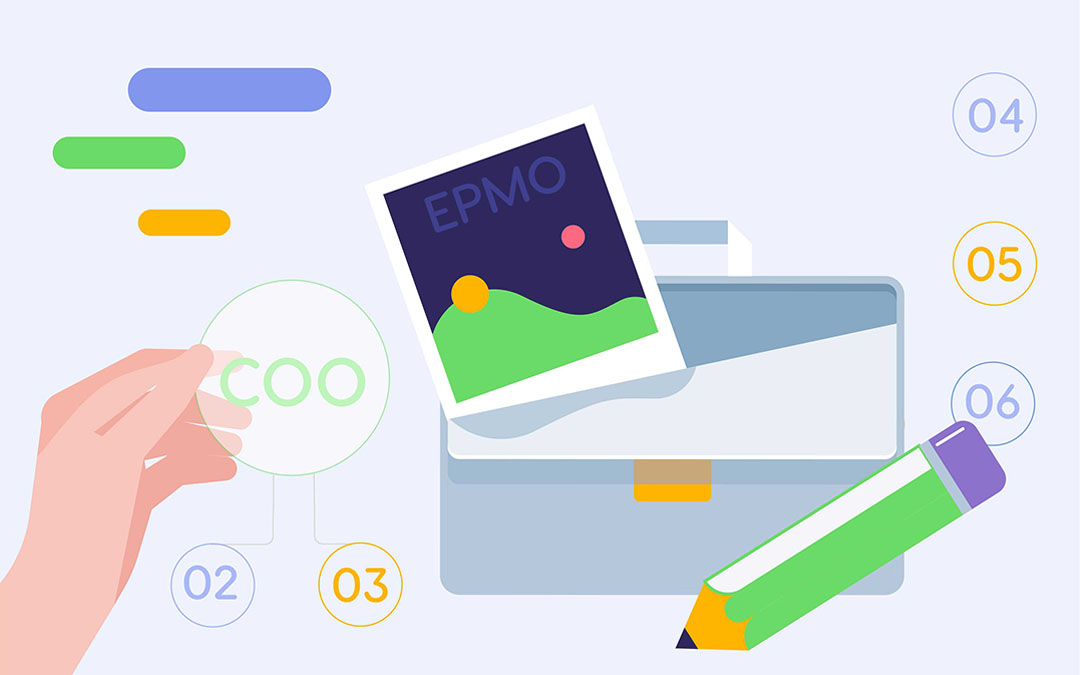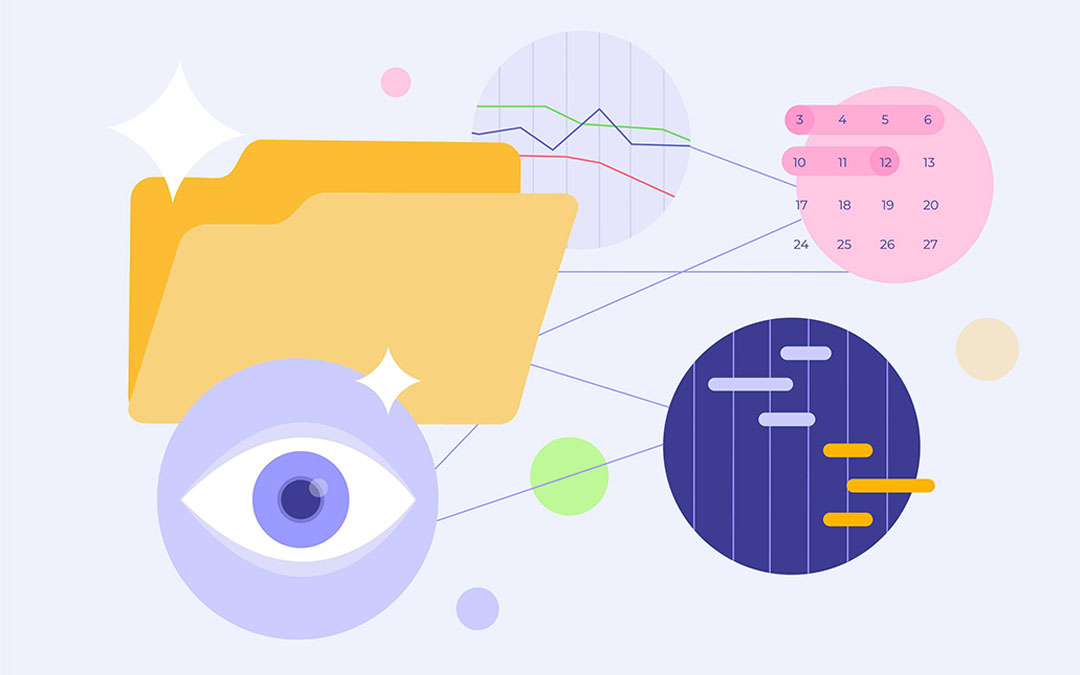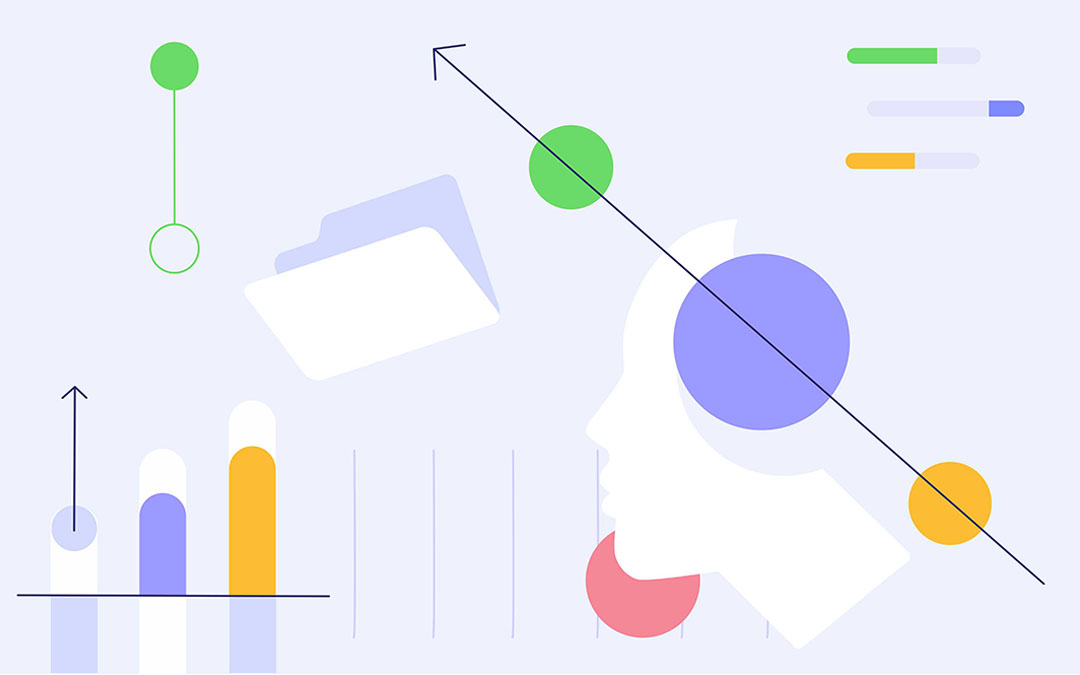Selecting a resource management solution suitable for work in a multi-project setting is a responsible mission. Its features should help project and resource managers address all the complexity of managing shared resources and facilitate their efficient utilization.
What functionality should you pay attention to when choosing a multi-project resource management solution? Our blog post will help you – we’ve summarized the most essential RM capabilities for maximum fruitful and streamlined work on multiple projects. Let’s take a closer look at them.
Capacity Planning: Ensuring That Your Projects Are Staffed With Required People
Before a project manager can assign employees to project tasks, he or she should be sure that a project is staffed with the required resources. When it comes to managing multiple projects with resource dependencies, the importance of forecasting resource demand in advance increases exponentially.
This becomes possible thanks to resource capacity planning that serves the following purposes:
- preventing projects from resource shortages;
- optimization of employees’ workload (there are fewer chances to overload an employee with extra assignments when the whole team’s capacity has been planned in advance);
- preventing projects from delays caused by resource unavailability and resulting cost overrun;
- revealing team members’ skill gaps if any.
It’s far from effective to use spreadsheets for managing the data on employees’ capacity and involvement in projects. So, when selecting a resource management tool, you should pay attention to its capacity planning capabilities: does it provide visibility as to people’s capacity across the organization? Can it automatically prioritize projects depending on existing constraints? Can it forecast resource demand?
Competence Management: Assigning the Right People to the Right Tasks
Efficient resource allocation in a multi-project environment is impossible without up-to-date information on team members’ competences. It’s also required for detecting employees’ skill gaps and facilitating their professional development. Besides, visibility of people’s competences helps utilize available resources more efficiently: e.g., when an employee from one resource group has no capacity to complete a project task, having a competence management system at hand will allow a project manager to quickly find a person with necessary skills from the other group.
Therefore, the right resource management software should have competence management capabilities – to provide enterprise-wide visibility of employees’ competences and their levels as well as opportunities for manipulating this data (adding or deleting competences, changing their levels, associating them with employees and project tasks in the system). More advanced resource management systems can use this information along with people’s availability and capacity to suggest the best resource allocation decisions possible.
Workload Optimization: Boosting Employee Productivity
Keeping track of employees’ workload is a must for fruitful work on multiple projects. When it’s balanced, meaning that everyone works at their full capacity and nobody is overloaded, the work on project tasks is maximum efficient. Every organization wants its employees to be productive, but one of the common misconceptions about high productivity is that people should work more. But in fact, ensuring high efficiency is only possible when people aren’t overloaded.
Here’s another reason to keep track of people’s workload. Even one short period of overload can result in snowballing issues due to dependencies between projects: if an overwhelmed employee cannot cope with their tasks, it will block other team members’ work, which in turn will result in delivery delay and cost overrun.
How can resource management software help?
- First, by analyzing workload and detecting overwhelmed resource groups as well the tasks that are causing overload;
- Second, by prioritizing project work – determining the most important tasks will prevent team members from having too much on their plates;
- Thirdly, by forecasting the team members’ load in the future so that a project manager can become aware of the output they will be able to produce;
- Fourthly, by detecting idleness that can block the completion of further work causing other team members’ overload and all related problems in the workflow.
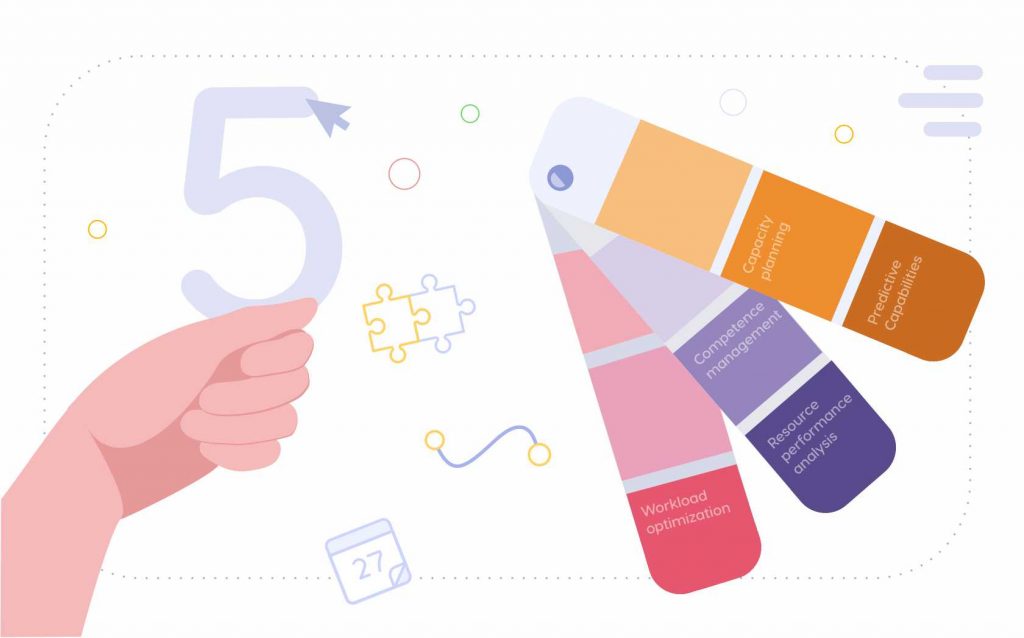
Resource Performance Analysis: Finding the Root Causes of Issues
Analyzing resource performance is one of the essential indicators of your workflow’s health that’s unfortunately often neglected. For example, in the previous section, we’ve mentioned that improper workload can result in reduced performance, which in turn leads to project delays, inability to deliver the required scope of work, budget overrun, etc. But all this can be avoided if a project manager doesn’t overlook the early warning signs of poor resource performance and timely adjusts the situation. The picture you see at the project level is just a reflection of what has been going on at the resource level.
Read more: Tracking Performance: Switching from Project to Resource Level
Accordingly, a resource management solution should have functionality that will help a project manager analyze resource performance. First of all, it should show the output the team members have produced and how much work is left to be completed – it allows a project manager to assess their productivity. But it’s not enough – an RM solution should give an insight into the output produced in relation to employees’ capacity, which makes it possible to immediately detect resource bottlenecks and use these insights to remedy the situation. So, it should provide both real-time and historical data for assessing resource performance, which will become the key to a smooth project flow.
Predictive Capabilities: Grounds for Decision-Making
Work in a multi-project environment implies dealing with large amounts of data that is impossible to process and turn into actionable insights manually. This is where AI-powered features can assist. Besides, predictive analytics allows project and resource managers to make forecasts that help them make the right decisions. Let’s take a closer look.
As we’ve mentioned earlier, you can’t start a new project without knowing that your people will be able to cope with this load, especially when you have multiple projects in the pipeline with a shared resource pool. An AI-powered resource management solution can predict the resource groups’ capacity in the future so that a resource manager knows what output they will be able to produce and make decisions accordingly – for example, hiring extra employees. However, such a decision isn’t a silver bullet that will address this challenge immediately – it will take some time to train new employees (usually a couple of months) before they will be able to complete the required scope of work. And here comes another question: when will the future output increase to the required level? In this case, predictive capabilities will also help: for example, an AI-driven resource management solution can perform a what-if simulation. Returning to our example with hiring new employees, the What-if analysis feature can analyze real-time data with regard to established parameters (adding two more people) and show the date when the output will increase. Similarly, this feature makes it possible to try out a variety of resource management decisions and find ways to address resource management challenges.
Conclusion
Let’s summarize all the essential features that a resource management system should have.
- Capacity planning: providing insight into employees’ capacity across the organization; predicting their capacity as well as resource demand in the future.
- Competence management: ensuring visibility as to team members’ competences and their levels; suggesting best possible resources to assign to project tasks.
- Workload optimization: setting priorities between project tasks; conducting workload analysis to detect overloaded and idle resource groups and find out causes.
- Resource performance analysis: providing insight into the output team members have produced in relation to their capacity.
- Predictive capabilities: forecasting future workload and output as well as running simulations to test changes in the workflow.
You can find all of these capabilities in Epicflow – an AI-driven resource management solution designed for work with multiple projects with a shared resources pool. Want to learn more about its resource management functionality? Schedule a call with our expert and explore Epicflow’s powerful features in action.


